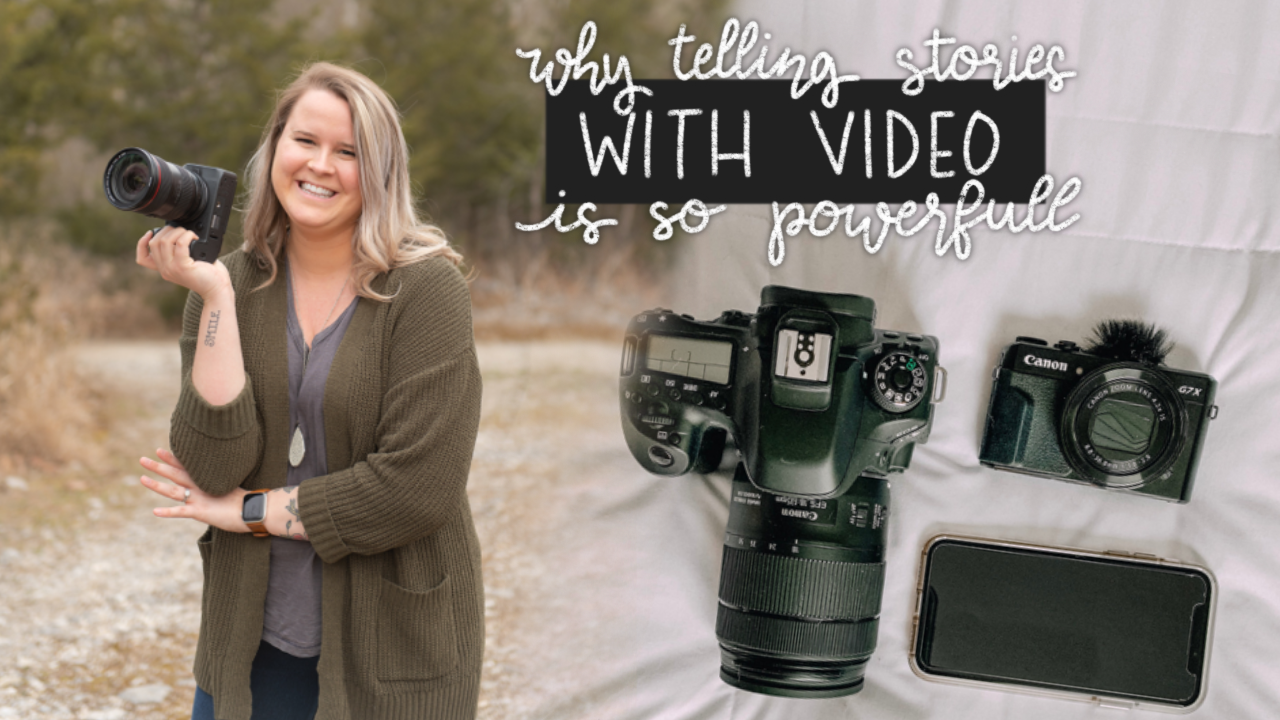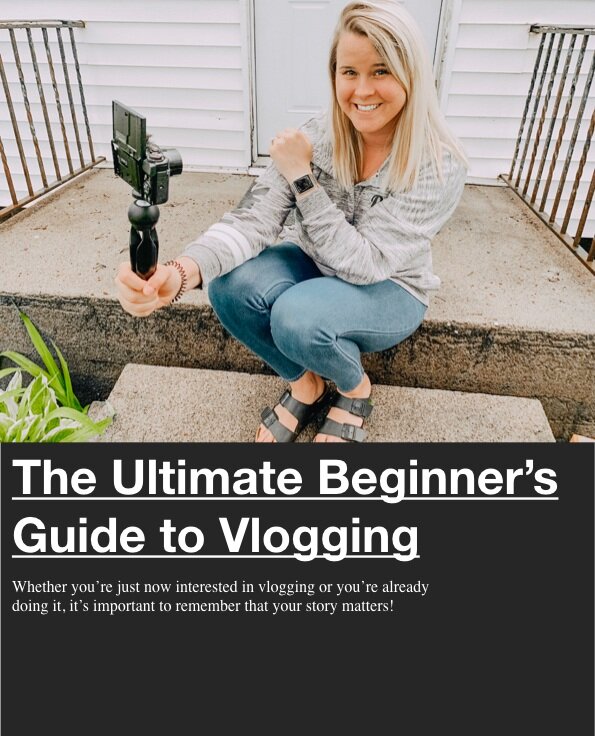Video is so powerful because it draws people in, holding their attention spans and making them feel invested in what’s happening. It’s impactful because it allows you to share emotions with others and show them certain aspects of your life. Telling stories using video allows whoever you’re sharing these video clips with to truly relate to you in a visual, auditory, and otherwise emotional way.
Everyone has a story. Next time when you are planning to share yours, do it through video. I truly believe that your story matters, and one of the most powerful ways to get your message out would be through video. Whether you’re documenting your daily life, sharing an impactful moment with the world, or teaching others something that you know, video is the best platform for getting whatever your message is in the minds of others.
1. emotions
Using video you can quickly and easily grab someone’s attention and make them feel a certain way. This is the power of telling your stories with video. When you share your stories through video you are allowing yourself to curate emotions exactly the way that you want them. Video allows you to create the feeling that you want your audience to have. Where as written words allow your reading audience to perceive your words in their own way.
Here is an example of a video I created where we used emotion to convey a story right from the beginning:
2. show don’t tell
Telling stories through video is literally showing your stories, yourself, and whatever else it is you want to share. Video is a means to show and not just tell. You can use visuals and sound to convey the message you want to share through your story rather than stating or writing it outright.
"Show, don't tell" is an approach that can go a long way in video storytelling. Add to that the fact that over half of video content on social media is watched on mobile devices with the sound off, and it becomes clear why it is important to master the visual elements of your story (source: renderforest).
3. loveable and relatable
Video allows you to guide those you’re sharing your stories with through relatable content that speaks to their heart, ignites an emotional connection, and turns an acquaintance into a friend. People get pulled into what’s happening due to a combination of factors—from camera angles to the soundtrack, the characters and the emotion of the story itself. This makes you as the story teller someone who is instantly loveable and relatable.
4. harness the power of music
The right music can take your video efforts to the next level by complementing what’s happening on the screen. Music creates powerful emotional associations that people link to events in their own lives (source: outbrain). The music you choose will depend on the mood you are trying to create in your video story.
For example, an upbeat track might seem to be the best, as it generates happy feelings. Melancholy music has been shown to lead to a better emotional regulation and sparks the listener’s imagination. You can definitely play with music and go with what suits the story you are trying to tell and message you are trying to convey.
Storytelling Basics
So, now that you know how important and powerful it is to tell stories with video it’s time to take some steps in learning about storytelling in general. This relates to written or video storytelling, but it’s super important to have a plan before you start recording a video today. These items are also so much easier to convey with video because you can use visual, textual, and auditory clues.
Plot: What story do you want to tell? What is its structure? (Powerful stories typically consist of an introduction, conflict or complication, and resolution.)
Purpose: Why do you want to convey this story to viewers, and what do you want them to do afterward?
People: Who are the main characters in your video story? How do they relate to your audience? This is probably you and your family.
Place: What’s the main location for the video, and how does that place shape the video narrative?
Audience: Who will primarily see this video? Will they be family members, friends, potential customers, your employees or colleagues, or another group entirely?
Distribution method: How will you share the video story with others, and where will it be hosted (i.e. YouTube, your website, somewhere else)?
Getting started with video creation
My favorite method of video for storytelling is vlogging. I have a blog post call, "The Ultimate Beginners Guide to vlogging” which is for those who want to capture their own stories with video and need to know how to get started. I share everything that I know about vlogging—what it is, what gear you need in order to capture the best stories, what things you can film on a daily basis, how to edit your vlogs so that each one has a theme, and ultimately, how you can share these stories with others so that you all can relive these moments over and over again!
Also, if you’re just getting started with video creation then you’ll need some details about the best cameras to use. Obviously there are loads of brands, types, price ranges, and so-on on the market, so making the decision of what camera to use can seem overwhelming. I always say, “the best camera is the one you currently have available.” I love sharing this simple rule with others when teaching about vlogging! I often reiterate to new vloggers this thought: You don't need a fancy camera, the best gear, or anything other than what you have right now in order to get started with vlogging! To read more about some of my favorite cameras click here: “The best vlog camera for beginners”
In conclusion, your story matters, and video is the most powerful way of telling stories in my opinion. Whether you’re just now interested in video creation or you’re already doing it, it’s important to remember that your story matters! I am a firm believer in the idea that life is meant to be documented and shared with others. Why you might ask? Well, life is about learning, growing, and obtaining happiness in your every day life, and to me this means documenting what you do on a regular basis so that you can evaluate and relive moments, grow from each experience, and remember memories that helped shape you into the person you are today.
Video is one of the best formats for keeping memories and telling your story. A vlog can do what no other platform can—capture movement, audio, and visuals that literally take you back to the time in which the story was originally being told through that moment.
Memory keeping is critical in the evolution of who you are and what makes you you. The more we grow, the more we begin to realize that our own memory is not reliable. As you encounter millions of meaningful stories in your lifetime you start noticing that not everything stays behind for you to remember, but every moment is important and deserves a time to shine. Our stories matters, so focus on capturing all moments big and small, significant and seemingly not, because these are the moments that make up our life’s story.










